2019
1. Wang H, Yang SD*, Ma PC*. Bi-functional composite foam with hierarchical structure for efficient separation of emulsified mixtures consisting of oil and water. Applied Surface Science, 2019, 483: 1149-1157.
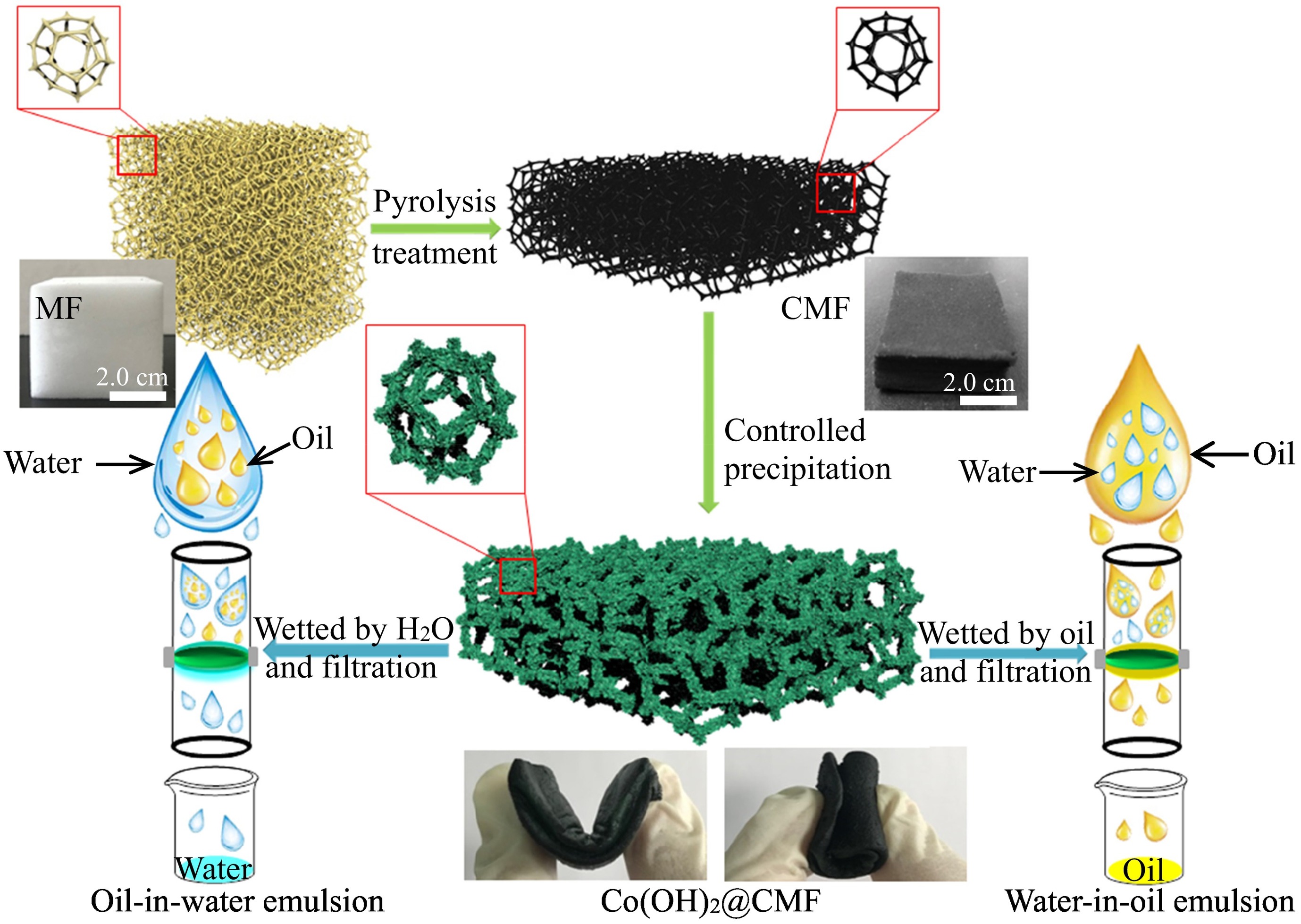
■ A method to fabricate composite material with hierarchical and porous structures was developed. It can be used as an efficient bi-functional material for the separation of oil-water emulsion systems, including the surfactant-stabilized oil-in-water emulsion and water-in-oil one.
2. Xing D, Xi XY, Ma PC*. Factors governing the tensile strength of basalt fiber. Composites Part A, 2019, 119, 127-133.
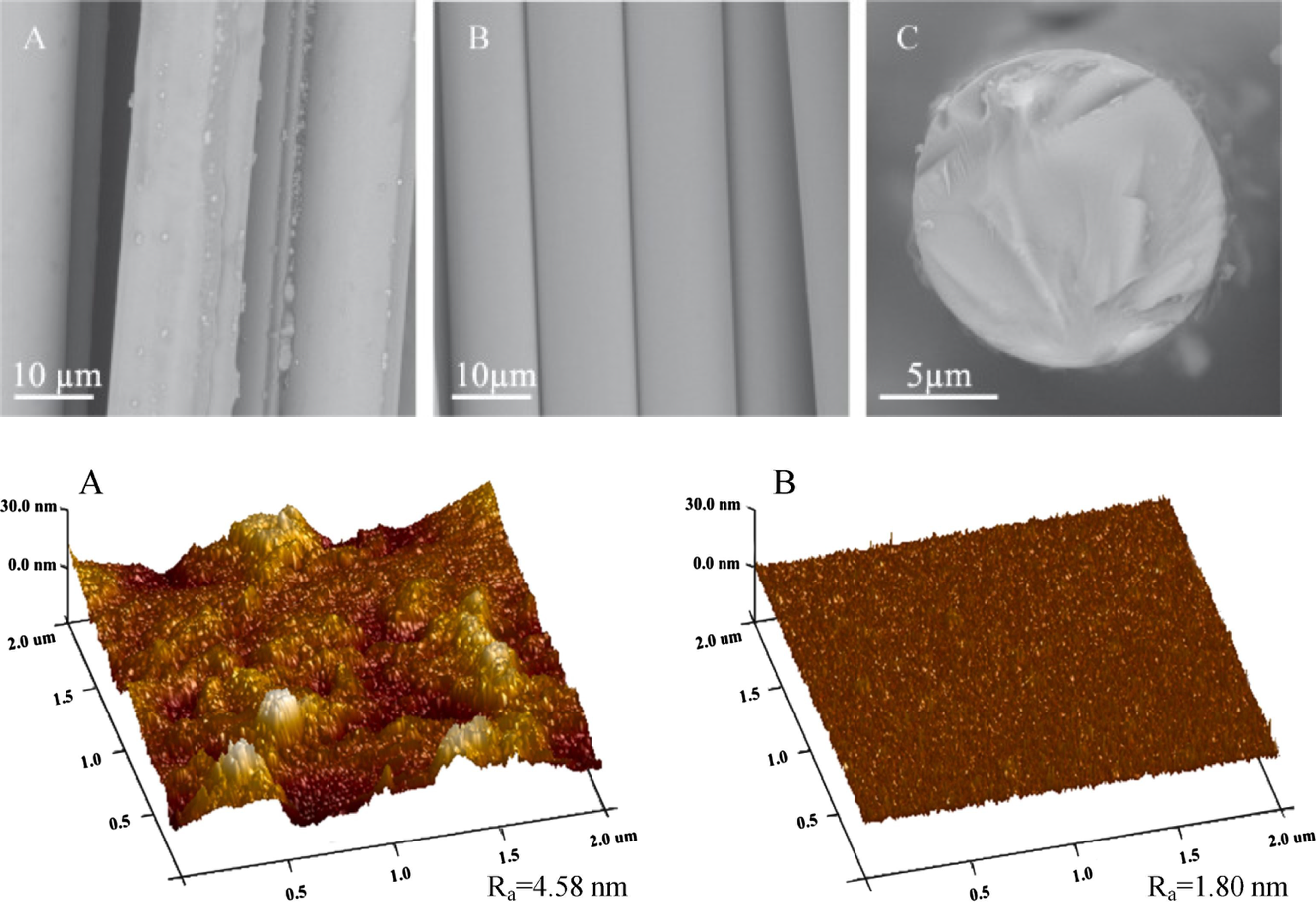
■ The effects of sizing and elemental composition on the tensile strength of commercial basalt fibers was investigated. The effect of sizing on the surface of the fibers and the mechanical strength of basalt fiber was studied. The findings of this study also provide a way to regulate the mechanical properties of basalt fiber.
3. Cai DL, Ma PC*. Hydrogel-coated basalt fibre with superhydrophilic and underwater superoleophobic performance for oil-water separation. Composites Communications, 2019, 14: 1-6.
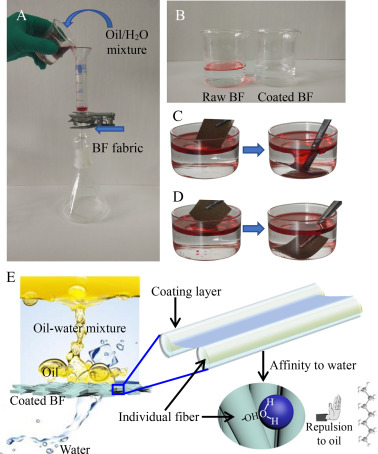
■ A composite fabric with superhydrophilic and underwater superoleophobic properties was successfully prepared and used to separate oil-water mixture with high efficiency. The effect of the superhydrophilicity in alkali, acid and organic solutions was investigated and the developed material’s superhydropholicity was not affected in harsh environment.
4. Gogoi N, Bashir B, Yang Z, Ma PC*. Supramolecular assembly of leaf-like fluorescent tetraphenylethylene through polymer-directed inter-locking. Composites Communications, 2019, 11, 45-51.
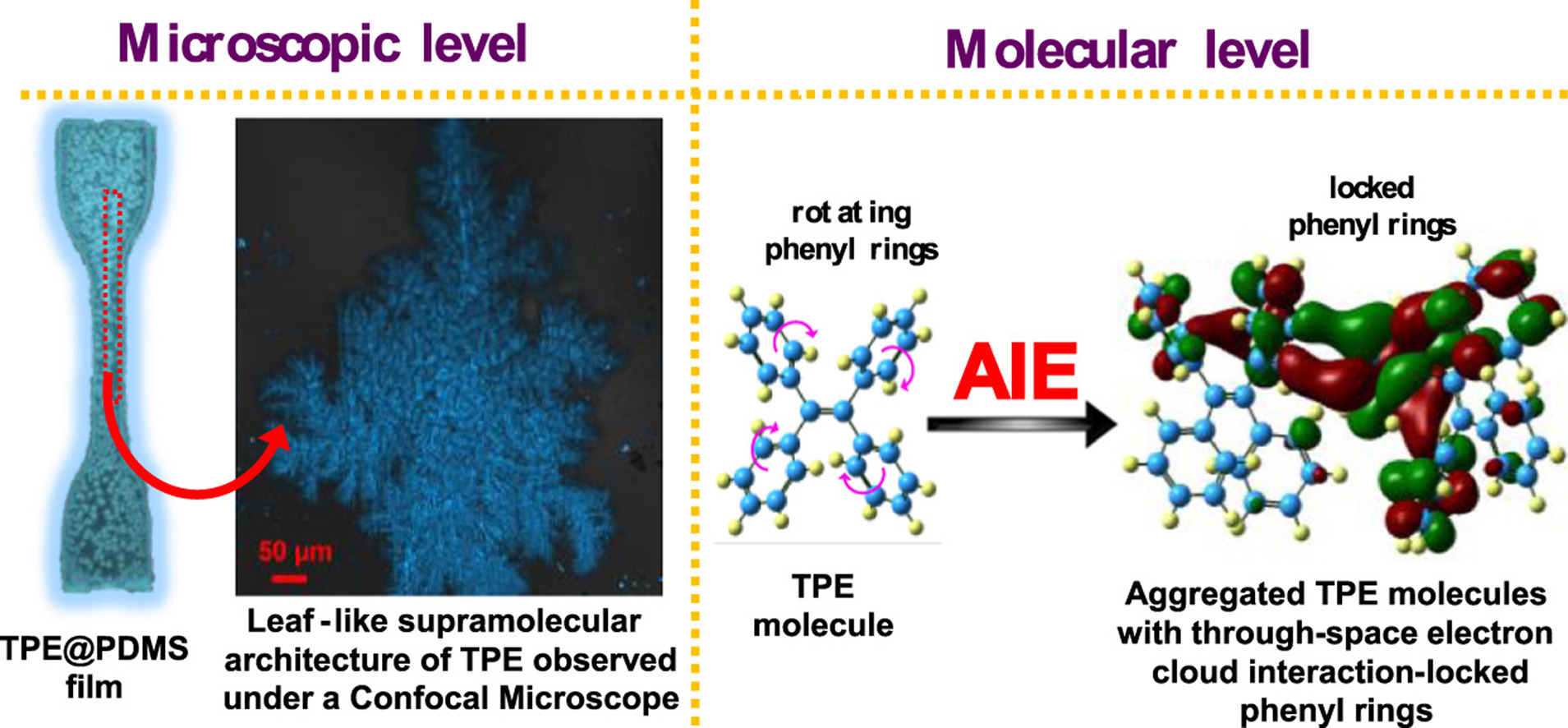
■ An easy process for the fabrication of highly emissive tetraphenylethylene (TPE) with leaf-like architecture was reported. Theoretical calculations were performed and the results suggest that the existence of through-space Ar-C···π electronic cloud interaction locks the rotation of phenyl rings in the assembled TPE architecture. Interestingly, such interactions were in good agreement with the experimental data and theoretical analyses.
5. Sun K, Li HQ, Ye HJ, Jiang FQ, Zhu H*, Yin J*. 3D-Structured Polyoxometalate Microcrystals with Enhanced Rate Capability and Cycle Stability for Lithium-Ion Storage. ACS Applied Materials and Interfaces, 2018, 10, 18657-18664.
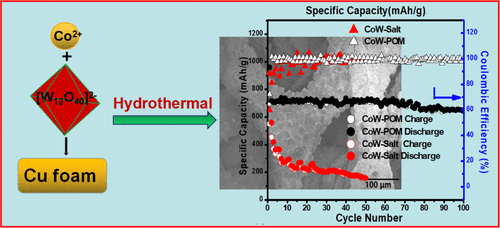
■ A facile hydrothermal strategy to fabricate 3D-Structured Polyoxometalate microcrystals was adopted. The electrochemical performance of the prepared materials was investigated and the rate performance as well as the cycling stability mechanism was studied in depth.
6. Liu J, Wu XX, Yang LP, Wang F, Yin J*. Unprotected Pt nanoclusters anchored on ordered mesoporous carbon as an efficient and stable catalyst for oxygen reduction reaction. Electrochimica Acta, 2019, 297, 539-544.

■ An efficient and stable Pt nanoclusters catalyst was prepared for oxygen reduction reaction via a facile strategy. The catalytic performance and the stability of the prepared catalyst was investigated and compared to commercial carbon supported Pt catalyst.
7. Liu J, Lan JZ, Yang LY, Wang F, Yin J*. PtM (M = Fe, Co, Ni) Bimetallic Nanoclusters as Active, Methanol-Tolerant, and Stable Catalysts toward the Oxygen Reduction Reaction. ACS Sustainable Chemistry and Engineering, 2019, 7, 6541-6549.
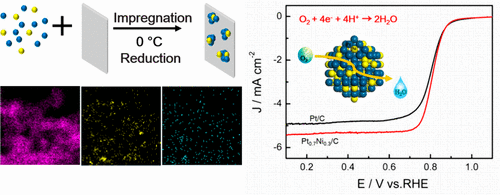
■ A low-temperature impregnation–reduction method was adopted to fabricate PtM bimetallic nanoclusters (NCs) without any protective agents immobilized on XC-72 carbon with a 10 wt % PtM loading, which exhibited more satisfactory ORR performance. In particular, PtNi/C presented the best oxygen reduction reaction (ORR) catalytic activity among the three catalysts and commercial Pt/C (20 wt % Pt loading).
8. Fan XY, Zhong KD, Zhang Y, Yin J*; Zhai YF, Band structure engineering of boron-oxygen-based materials for efficient charge separation. Materials Chemistry Frontiers, 2019, 3, 1440-1448.
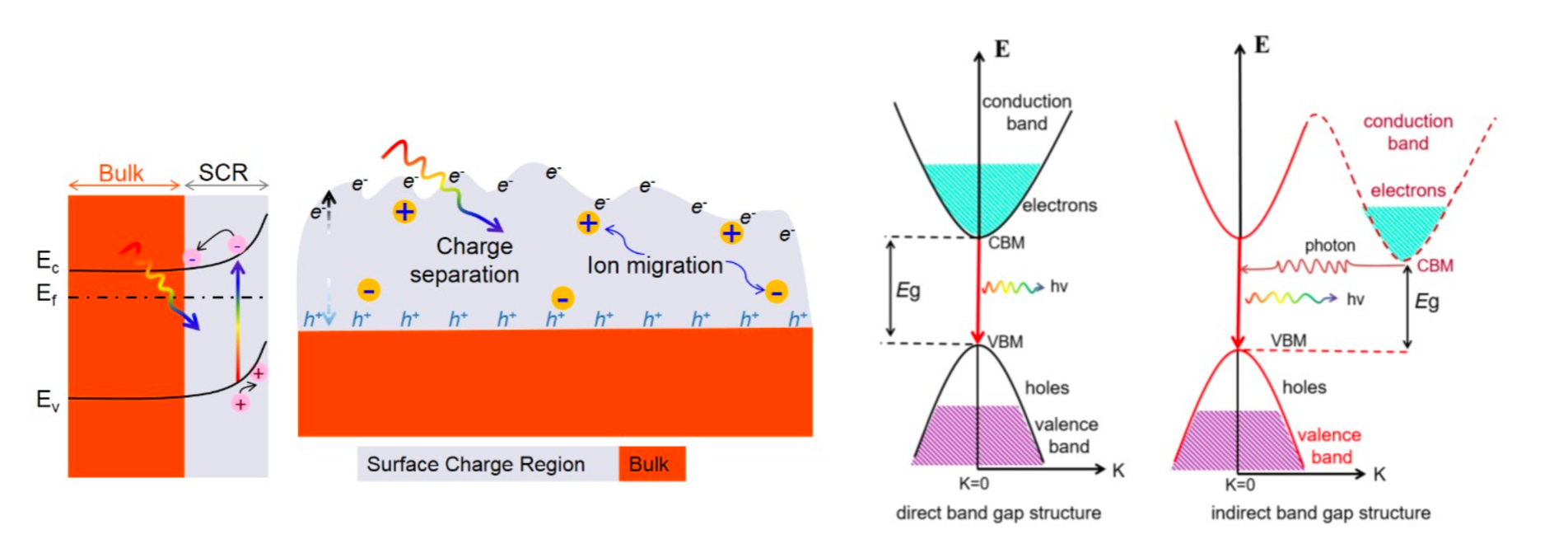
■ The preparation method of B-O based materials, KBBO and NBBO was reported, by calcination methods, and their band alignment, electric structure, charge transfer process and catalytic activity were studied systemically. The results suggested that the separation of photo-generated carriers can be promoted by tuning the band gap of the materials from indirect to direct by the substitution of cations.
附件下载: